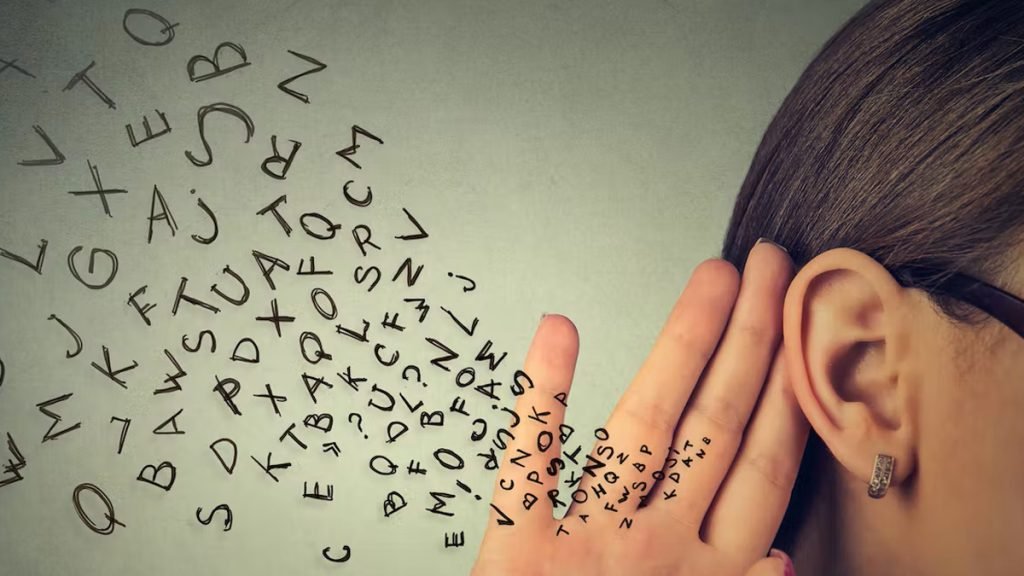Author: Sumira Khan
Editor: Sahrish Sarfraz
Every human being is created the same way. Except for its developmental differences. If we assume the structure of the brain, then all human beings are the same and it would not be wrong to say that we are all hardware in the same way. So why do we act differently, form different beliefs and perceive in different ways?
The simple explanation is that each person has their own personal memory, personal ways of thinking and handling emotions. Instead of a uniform hardware, we own different software that allows us to our original. Even today there is a debate over the origin of our source and our operating system, whether it is our soul. Or the mind? Or both? But in general one can be sure that humans are different. Many learn and update their software. Some just stay with the built-in software. It has the nature of learning by trial and error. Our genes and our nature. All around us combine to make us different. Life experiences and interests combine to shape our perceptions. A child born in England can speak English, while a child born in China can speak Chinese and others.
According to top sources: 6909 languages are spoken in the world which we have invented. So we are different. Even in one language, accent, one word has different meaning, voice tone, facial expressions, body gestures, word choice, phrasing and various other factors are very important. Basic communication is divided into two types. Unwritten and written. So our focus in this article is to bring one type of conversation. Listening Communication experts believe that listening is a fundamental skill in any dialogue or conversation.Listening is not just hearing a voice but understanding the other person. More. Using this information to improve relationships.
Being a good listener is the key to communication. What is important now is how one can become a good listener. A German psychologist, Freudmann Schulz von Thim, who is also an expert in personal communication, presented the Four Square Model, which was also called the Four Ear Model. Is. This model suggests that each message in person-to-person communication has four stages. Actual Information: This is the basic step. It sees reality. Looks at evidence and externalities. The second step is personal disclosure. In this stage the speaker gives details about himself or herself which may be feelings. There may be disagreements on the level of personal desires, values and thinking. The third step is relational. This level describes information, especially about relationships. About how the speaker feels about the listener and thus the two can get along better. Plead: There is a rational phase. It presents a request in the message as to what the speaker wants from the listener. Something that he wants to happen.
These four steps to becoming a good listener can go a long way. For example, a couple stops at a traffic signal and the wife says that “Chalobati” is green. So what will be the impact on the husband who is driving the car? I real information is that the light is green. Personal disclosures can be a narrowness that I am lying down. Or I don’t like waiting. So in a relationship, it can convey the message that you are a slow driver or I don’t like you’re driving. More! The (request) phase may prompt “run faster” or let me run. So there can be many possibilities that the listener can receive. And a good listener can immediately imagine fighting it. Rather than information, many are open to interpretation. In short. There can be huge differences in the perception of words that may be said to others. What else can make us effective listeners?
The idea of control of correctness/justification is also important here. So validation is validating another person’s feelings. Because feelings are never wrong. These can be negative, such as anger, frustration or embarrassment. And it can be positive. If a person goes to a state of mind, then confirmation is needed here. And almost everyone finds the same verification step. A rule of thumb for verification is to listen three times and then understand first. Listen to the content or what is said? Then listen to the emotion or what it means? And finally try to understand or understand the state of the speaker. Unfortunately, many people listen just to get an answer or to find a solution to a problem. Even take responsibility for solving the problem. While it is not needed. At least not at the initial stage of the conversation. A good listener always sees the whole picture.
The following are some information retrieval methods and other writing factors that are very impressive. Using informative expressions always helps. When we listen to someone, it is important to show interest. And to make it easier for the speaker to extract as much information as possible by saying a few simple words: Oh, well, then, we, yes or no.
Explanation: Another method used by the listener to check his own understanding is to verbalize the sentence as if the listener understood it.
Summary: Recounting the information being heard in a regular manner as if the person is speaking shows that the listener is paying attention.
Reflecting: An important listening technique, used when the speaker is hidden and difficult to understand. It is believed that its written facts should be witnessed and revealed to the person. It can be facial expressions, vocal tone, body language, or simply silence. It is like looking into a mirror. For example: Your theory is climbing, what happened? Or I think your voice is getting too loud, let’s calm ourselves down.
Humans are supposed to be social animals. We are designed to interact and socialize with each other. We all want to be heard. So uncover your personal relationships by becoming an intelligent listener.

